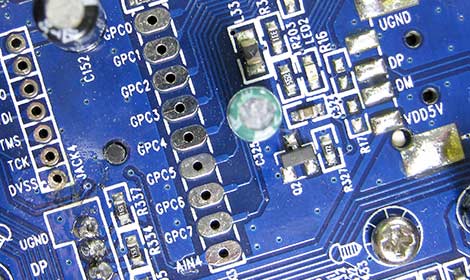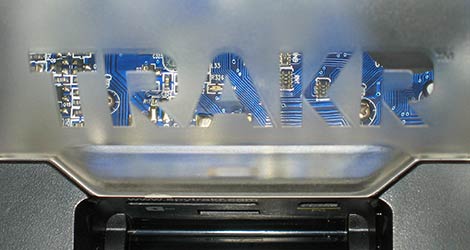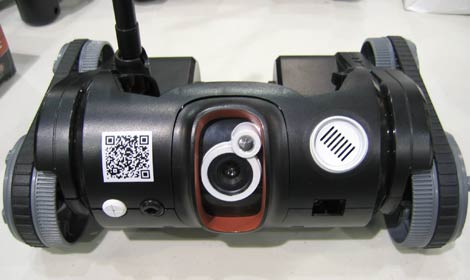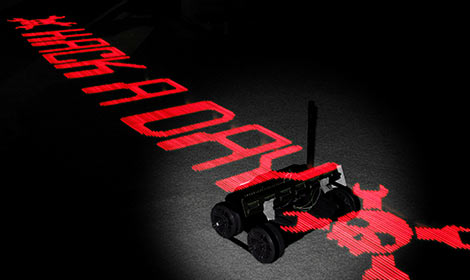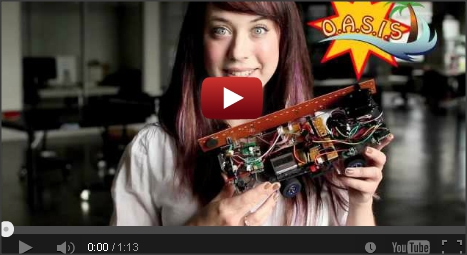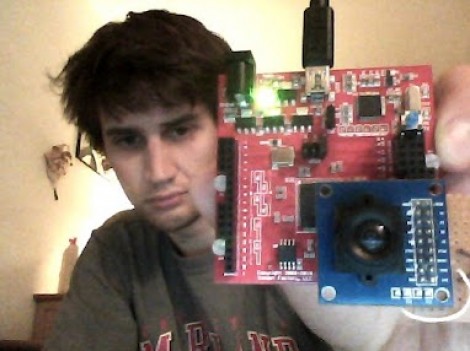This was the week that I accidentally taught my nearly ten-year-old son binary. And I didn’t do it on purpose, I swear.
It all started innocently enough. He had a week vacation, and on one of those days, we booked him a day-course for kids at our local FabLab. It was sold as a “learn to solder” class, and the project they made was basically a MiniPOV: eight LEDs driven by a museum-piece AVR ATtiny2313. Blinking lights make a pattern in your persistence of vision as you swipe it back and forth.
The default pattern was a heart, which is nice enough. But he wanted to get his own designs in there, and of course he knows that I know how to flash the thing with new code. So I got him to solder on an ISP header and start drawing patterns on grids of graph paper while I got the toolchain working and updated some of the 2000’s-era code so it would compile.
There’s absolutely no simpler way to get your head around binary than to light up a row of LEDs, and transcribing the columns of his fresh pixel art into ones and zeros was just the motivation he needed. We converted the first couple rows into their decimal equivalents, but it was getting close to dinner time, so we cheesed out with the modern 0b00110100 format for the rest. This all happened quite organically; “unintentional parenting” is what we call it.
While we were eating dinner, I got the strangest sense of deja vu. When I was around ten or eleven, my own father told me about the custom fonts for the Okidata 24-pin printer at his lab, because he needed me out of his hair for a while, and I set out to encode all of the Hobbit runes for it. (No comment.) He must have handed me a piece of graph paper explained how it goes, and we had a working rune font by evening. That was probably how I learned about binary as well.
Want to teach someone binary? Give them a persistence of vision toy, or a dot-matrix printer.
(Art is from a much older POV project: Trakr POV — a hack of an old kids’ toy to make a long-exposure POV image. But it looks cool, and it gets the point across.)


